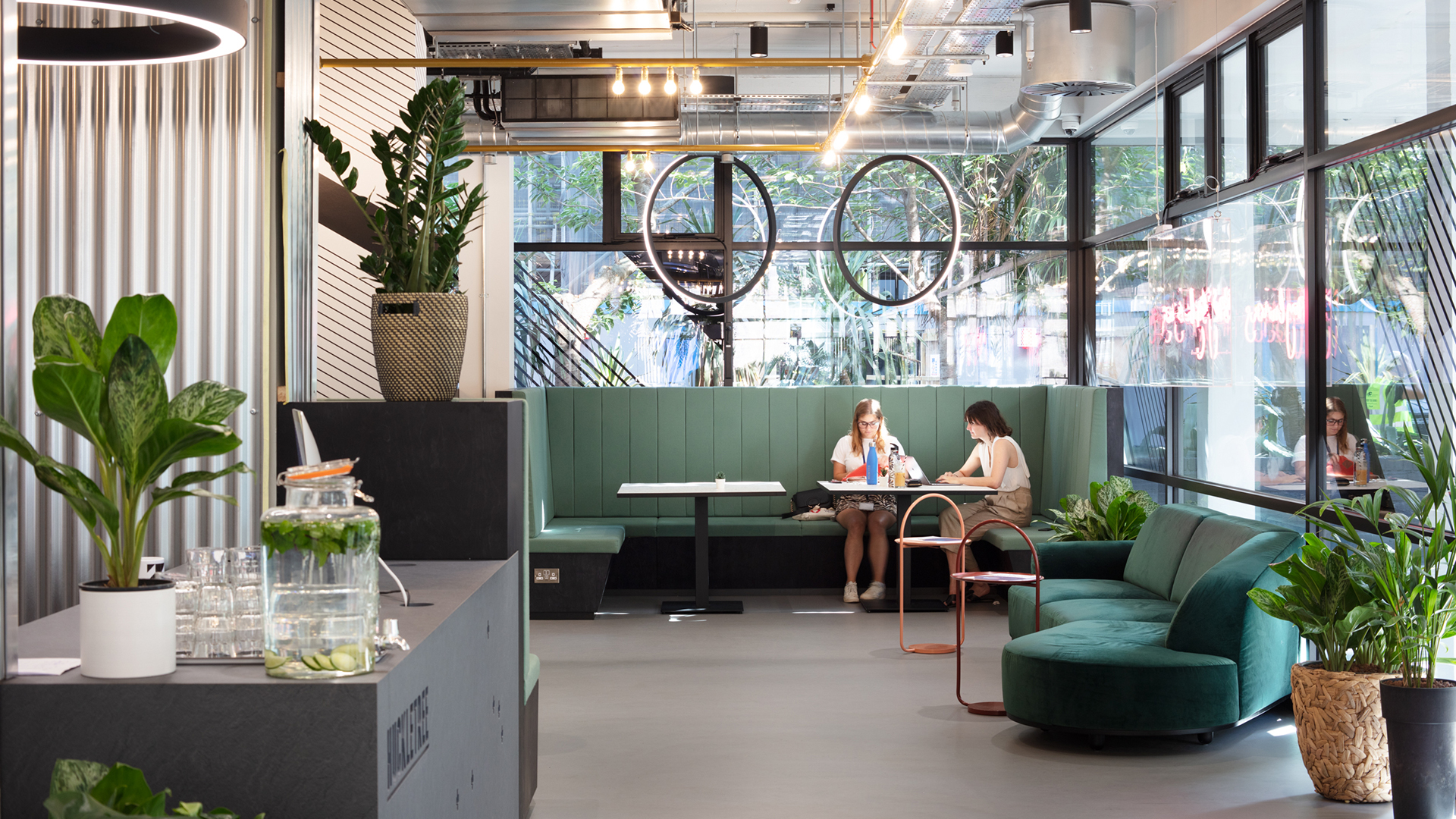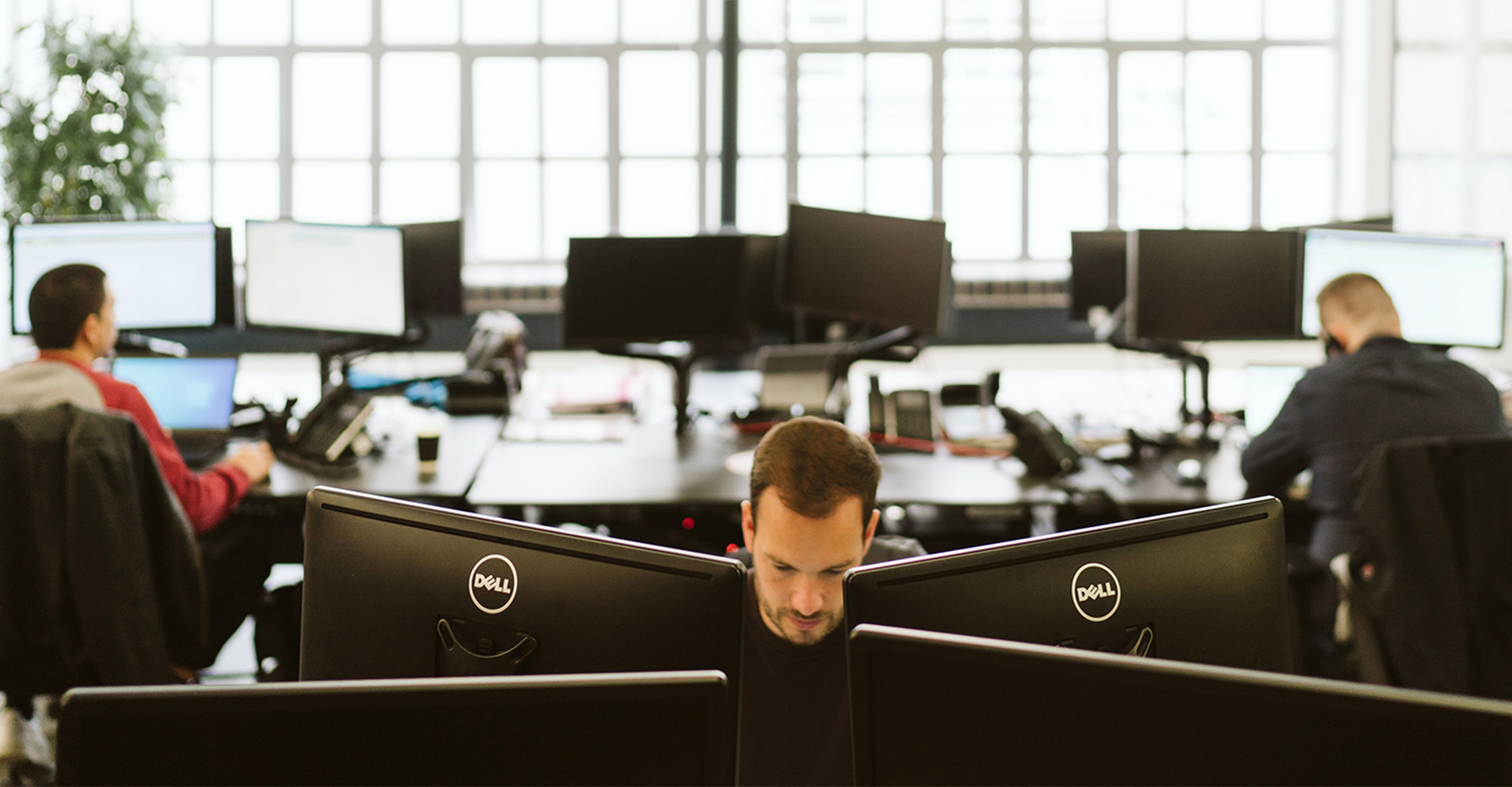It goes without saying that Covid has reshaped the business landscape forever. In just months, millions have adapted to homeworking, revealing technology’s potential to unite teams across vast distances while proving any fears of home-workers losing hours to Netflix to be unfounded.
As a result, both business owners and employees recognise the need for different working environments to the pre-pandemic norm. During lockdown, we surveyed 2,000 home-workers to discover what new habits had been created and what the new demands of a workplace would be. Here are the key findings that shine a light on what the office of the near future should look like.
Design that’s worth the commute
Results show that 60% of people miss seeing their colleagues regularly and – although 61% don’t miss the commute – 50% miss the separation between their place of work and their place to relax. People are also craving social connection, so companies need to make teams feel connected when they return to work. Avoiding cubicles and partitions can enable meaningful interaction in a way that is Covid-secure and comfortable.

Getting the balance right
An improved work-life balance has proved important with many home-workers enjoying having more time for hobbies, getting outdoors and seeing loved ones. On the flip side, 40% say they’ve struggled with not leaving the house, not being socially stimulated and not knowing where their workday ends and home life begins. Home-working may also be taking its toll on physical health, with 43% struggling to find time to get outside to exercise and 32% finding it a challenge to manage their food intake.
Tackling home ergonomics
Employee wellbeing is key to maintaining a happy workforce and those people whose mental, physical and financial wellbeing has thrived during lockdown should certainly be given the option to continue working from home on a more permanent basis. Meanwhile, those who are struggling at home should be among the first invited back to the workplace.
Physical health is also influenced by the suitability of our home office setups and 45% of people miss their ergonomic chairs and desks, additional screens and workstation accessories, while 18% find themselves sharing kitchen tables with housemates, partners or children. Ergonomic furniture and a proper workstation setup have a positive effect on focus and productivity and companies should ensure they’re adequately supporting the needs of their remote staff.
Getting the balance right
An improved work-life balance has proved important with many home-workers enjoying having more time for hobbies, getting outdoors and seeing loved ones. On the flip side, 40% say they’ve struggled with not leaving the house, not being socially stimulated and not knowing where their workday ends and home life begins. Home-working may also be taking its toll on physical health, with 43% struggling to find time to get outside to exercise and 32% finding it a challenge to manage their food intake.
Tackling home ergonomics
Employee wellbeing is key to maintaining a happy workforce and those people whose mental, physical and financial wellbeing has thrived during lockdown should certainly be given the option to continue working from home on a more permanent basis. Meanwhile, those who are struggling at home should be among the first invited back to the workplace.
Physical health is also influenced by the suitability of our home office setups and 45% of people miss their ergonomic chairs and desks, additional screens and workstation accessories, while 18% find themselves sharing kitchen tables with housemates, partners or children. Ergonomic furniture and a proper workstation setup have a positive effect on focus and productivity and companies should ensure they’re adequately supporting the needs of their remote staff.
Keep it flexible
Over half of respondents said that when they return to work, they desire more flexibility to tailor their work life to their home life, with 38% wanting to retain the trust of their employer to work from home. Among the positives of homeworking, many cited a lack of interruption from colleagues, the efficiency of working alone and flexibility as key. Only 27% of respondents stuck to normal office hours, with many starting and finishing early or starting late and working into the evening to suit them.
Companies should redefine the office according to what people need to do there. Staggering work times and providing employees with the opportunity to work between home and office, or between busier and quieter areas of an office, means the balance between working without interruption and being available for more collaborative work can be found.
Time to embrace hybrid working
Although these flexible working practices are nothing new, the pandemic is accelerating the transition. The workplace of the future is a lighter, more flexible approach to space, embracing the spirit of how we have worked at home and balancing safety and productivity in a way that maximises life satisfaction.
WHAT IS HYBRID WORKING?
Our October report delves into how you can redefine your workplace, reduce your real estate footprint and reinvest in areas of your business that support your new ways of working.
DOWNLOAD THE REPORT
